Tuberose and its cultivation

Currently, the demand for exotic flowers is growing at a cosmic speed, and it is very difficult to surprise an experienced gardener. However, the Mexican tuberose may interest many. The article will discuss how to grow it at home and in the garden, as well as how to care for and propagate.
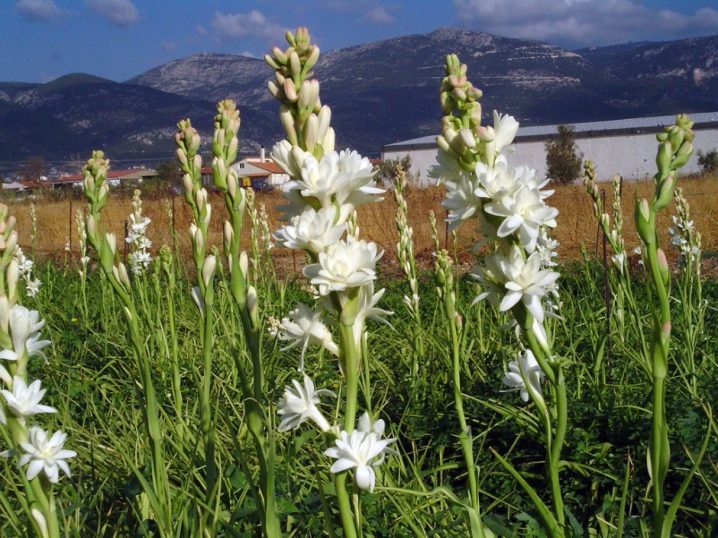
general description
Tuberose, which belongs to the genus polyanthes, originally grew in Mexico. In the 16th century, the flower began to spread throughout Asian and European countries.
The plant is perennial. The tuber looks like a cluster of bulbs that have a lifespan of only two years. Stems are erect, from 45 cm to 1 meter high. The leaves are alternately wide. The flowers are formed by racemose inflorescences, similar to bells. In the wild, the flowers are white or pink and appear waxy. Breeders have bred plants with yellow, purple and violet colors, with double petals of flowers. The fruit is a box containing small flat seeds. The flowering period is long - from early July to mid-October.
The aroma of the flowers is pleasant, sweet and very intense, changing depending on the time of day. If you breathe for a long time, then a headache will be provided.
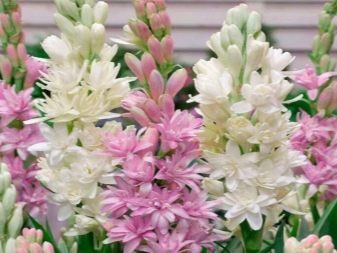
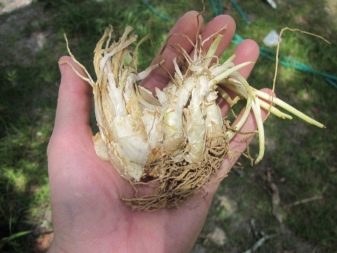
Types and varieties
There are only 13 varieties of polyanthes in the world, but only two species are grown at home - these are broadleaf tuberose and tuberose tuberose.
Broadleaf
Broadleaf tuberose is a wild plant. The root system is formed by multiple fleshy bulbs. The stem is erect, up to 1 meter, densely leafy at the base. The leaves are bright green, glossy. The spike-shaped inflorescence is white in color. Flowers are solitary, 4-5 cm in diameter. It blooms in April-May. It reproduces by children, the diameter of which is 2-3 cm.
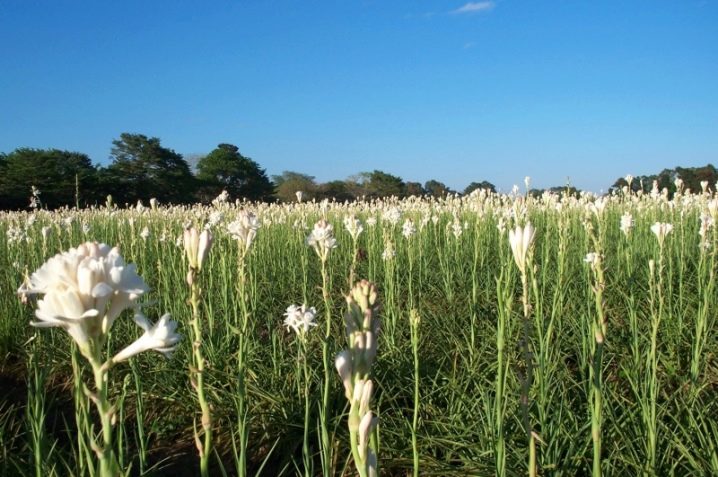
Tuberous
Tuberous tuberose is a cultivated type of plant, 80-100 cm high. The root system is represented by a large bulb. The stem is erect, up to one meter high, but varieties with double flowers are undersized, grow less than 50 cm. The leaves are similar to cereals, up to 45 cm long. The inflorescence is in the form of a spikelet, the flowers are arranged in pairs, up to 30 buds per inflorescence. Tuberous polyantes blooms in August-September and pleases with flowering for almost a month. The aroma is more intense than that of a wild brother.
Here are the most famous varieties of tuberous polyanthes.
-
Pearl. A beautiful decorative variety with large white inflorescences in the form of an ear, with waxy terry petals. Plant height does not exceed 65 cm. Great for home growing.

- Sensation. The flowers of this variety have a regular border, but an incredible mauve color.
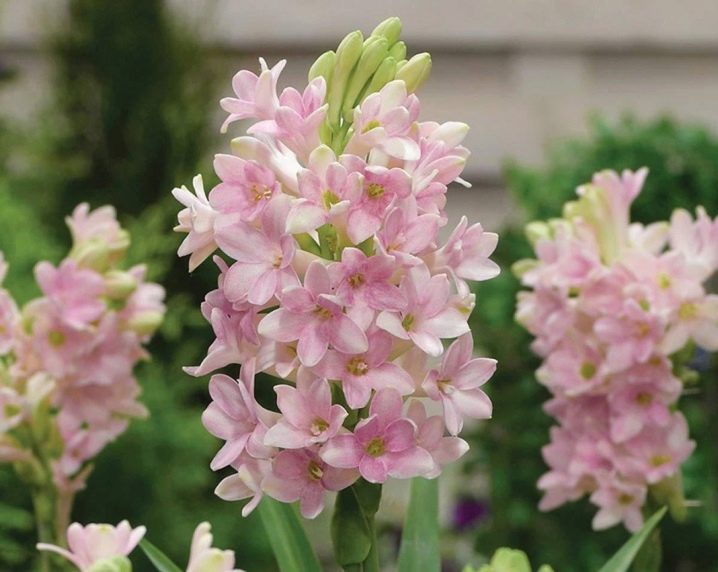
- Yellow pupa. Simple inflorescence of light yellow color.
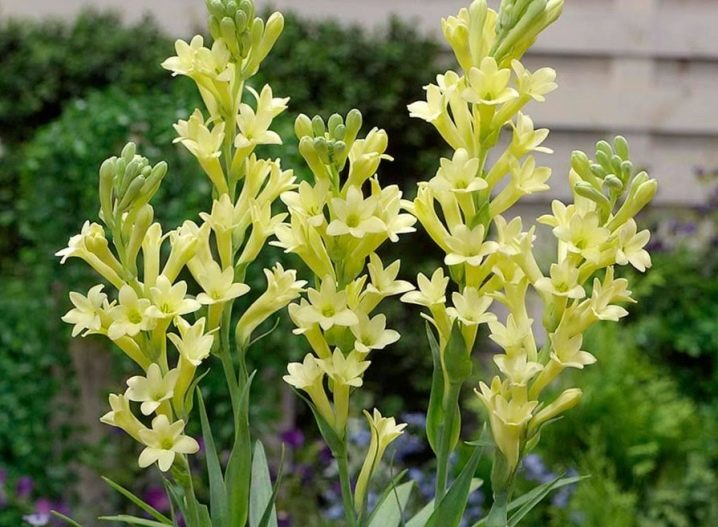
- Pink sapphire. Luxurious variety with large double flowers in the inflorescence. The color in the center of the flower is light pink, smoothly turning into a dark purple border.

- Industrial grade Shringar (translated from Hindi - decoration). The flowers are pink and have a very strong aroma, which is why the variety is not intended for indoor use. Grown for perfume companies on plantations in China and India.
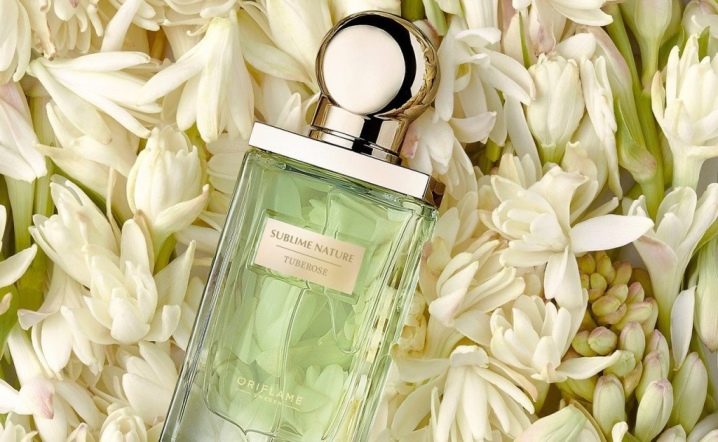
Landing
Only germinated tuberose corms should be planted in the street soil. This is due to the climatic conditions of our country - even in the south, the climate is not similar to the ancestral home of the flower Mexico. For germination, the bulbs are placed in peat pots or on a moss pillow, watered and placed in a warm and dark place. It is necessary to monitor soil moisture. When sprouts appear, the bulbs are planted in pots with prepared soil.
Plants should be planted on flower beds after a sufficiently high temperature has been established, at the end of frosts and cold snaps. In most of Russia, these dates are approximately from April 20 to May 10. The exception is the regions of the Far North and Siberia.
For the best survival rate of tuberose in a flower bed, it is necessary to plant it in a sandy layer to exclude stagnation of water and rotting of roots.
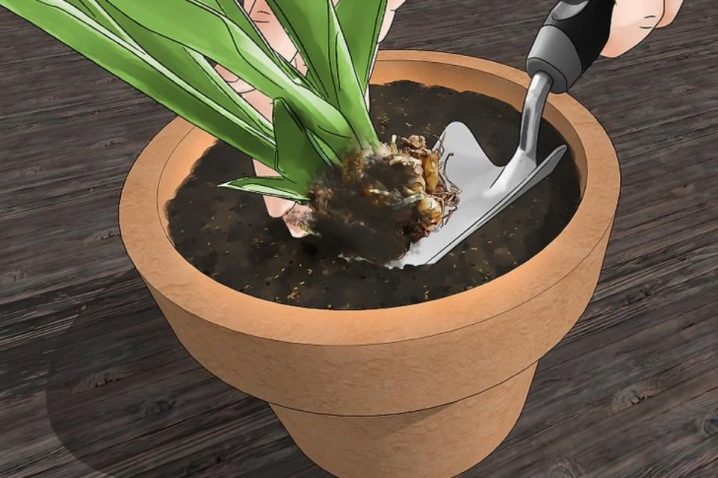
Before planting in open ground, the tuber must be treated with "Fitosporin" or another preparation of a similar action to prevent diseases of bulbous crops. When planting, the tuber is buried by about 1-2 cm, you can not cover it with soil from above, the plant will take root perfectly even so. Polyantes tolerates transplants well, the scheme of its cultivation is similar to gladioli.
For home breeding of tuberose, tubers are first prepared. If you have last year's corms, you need to divide them, since onion babies have formed on them. It is better to choose flower pots from 15 cm in diameter or more. 2 corms are planted in a pot. Drainage is necessary to prevent water stagnation. Orchid soil or a prepared soil mixture of equal portions of leafy soil, river sand and humus is placed in the pots. For better shooting, the flowerpots are covered with cling film or glass jars. This creates a greenhouse effect, and the seedlings grow faster. Plant pots are best kept on a sunny side.
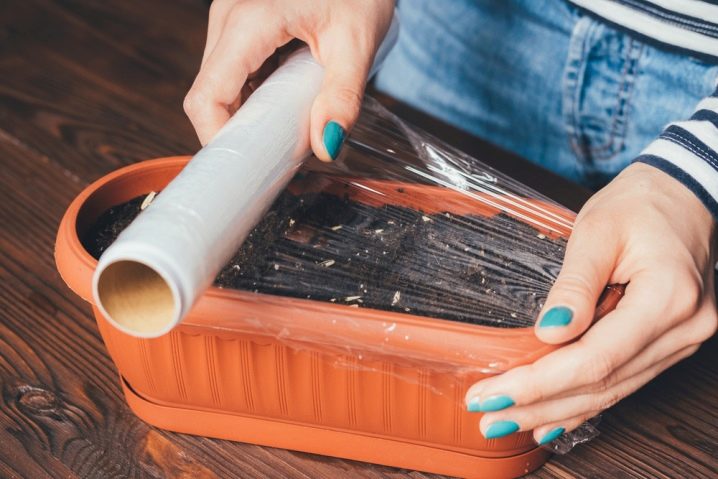
Growing care
Agrotechnics for polyanthes is no different from caring for any bulbous crops: watering, weeding (if you want to grow a flower in the open field), fertilizing, garter, pruning, preparation for winter storage. Let's take a closer look at each stage.
-
Watering. Regardless of where tuberose is planted, it must be watered correctly. Drought for a plant is just as destructive as overflow. It will be ideal to water more often at high temperatures, less often during a cold snap. In the garden, on flower beds next to the polyanthes, any ground covers are planted, for example, sedum, they retain moisture in the soil. Watering even in a flowerbed, even in a pot, you need only warm water.
-
Weeding. As with other plants, tuberose beds need periodic weeding. Weeds are removed especially carefully near the tuber to avoid damage.
-
Top dressing. Fertilization is necessary in the budding and flowering phase of the plant. Top dressing is carried out with mullein infusion and mineral complex fertilizer twice: when planting shoots in the ground and when tying buds.
-
At home, a garter is practically unnecessary. On the street, the plant is best tied up, since the peduncle can break under its own weight or in a strong gusty wind.
-
Pruning. It is only needed in a couple of cases. In a temperate climatic zone, the plant is pruned after the leaves have dried. Then the tubers are dug up, dried and placed in a cool dry place for storage. The second case, when pruning is necessary, is that tuberose has grown greatly due to improper care and an excessive amount of fertilizing. During flowering, the stem can break even with a garter, so the plant is cut, dug up and sent to storage.
-
Preparing tubers for winter storage. At the end of the flowering period, the peduncle is first removed without digging the bush to ripen the tubers and children. Watering and feeding during this period is not carried out. According to the first frost, the corms are dug out of the ground, gently shaken off and dried in a room at a temperature of 15-20 degrees. It is necessary to store tubers in a warm and dark room, in boxes with sawdust or river sand.
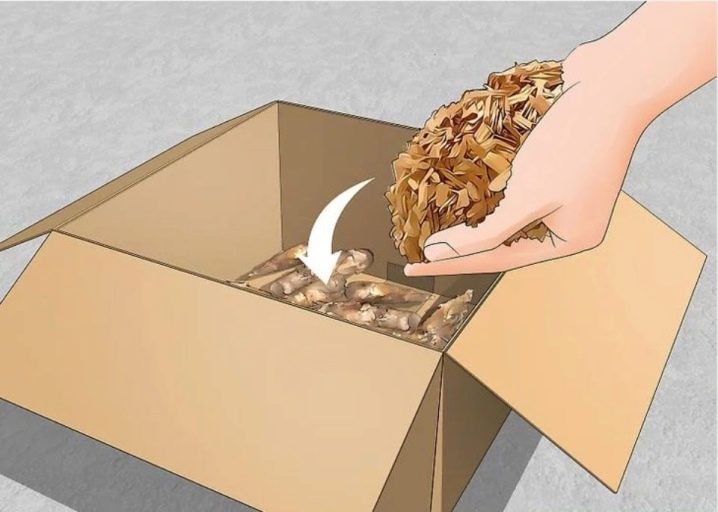
Reproduction
You can propagate polyantes in two ways: ripe seeds or baby bulbs. Seed propagation is possible only in the southern regions, where the summer is hot and the winter is mild. However, even in the southern regions it is difficult to create favorable conditions for seed germination.
Reproduction by children is used by flower growers everywhere due to its ease of use. The uterus tuber over the summer acquires children, which will serve as planting material next summer.
The optimal size for planting is from 2 centimeters in diameter. Smaller babies are not touched, and they hibernate on the uterus bulb.


Diseases and pests
Tuberose is susceptible to most bulbous diseases. Pests (most of them) do not tolerate the strong scent of the flower. However, there are such parasites that the smell does not interfere with living on the plant.
-
Root onion mite or hoverfly. The pest eats the tuber, which as a result rots in the soil. The plant dries up and dies. Tick larvae prefer to hibernate in bulbs. They fight them at the very first signs of oppression of the plant's vegetative system by chemical means.
-
Nematoda and common bear. They struggle with a small number of bears by collecting them by hand and using folk remedies based on odorous herbs and tar. With a large number - with chemicals. Treatment of tubers before planting helps from the nematode.
-
Aphid. The pest sucks out the sap of the plant, as a result, you can observe the wilting of the bush. An effective way to combat aphids is treatment with hot soapy water.
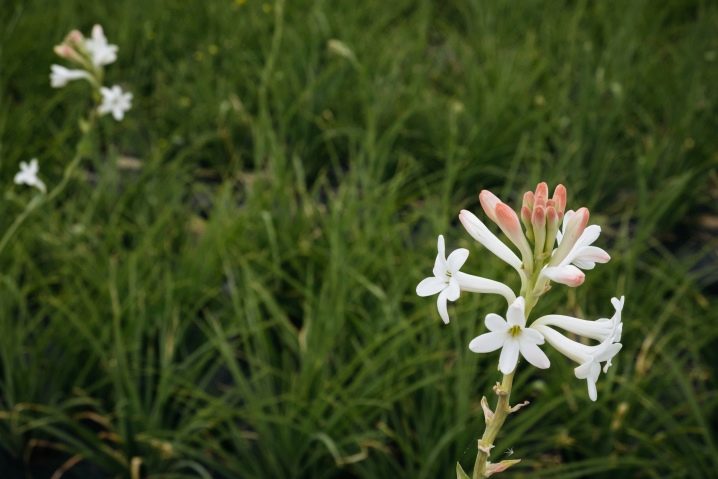
The following diseases are most common on plants.
-
The rot is gray or white. The fungus affects both the aboveground and underground parts of the plant. A plaque characteristic of rot appears on the stems, leaves and flowers develop poorly. The only way to combat rot can be treatment with antifungal drugs when planting.
-
Penicillosis. The disease appears from excess moisture in the soil. It is expressed in the appearance of bright yellow spots on the corms.
-
August disease. The initiator of the disease is the tobacco necrosis virus. Expressed in curved stems and spotted spots on tubers.

Currently, pests and diseases are being fought in a complex manner, in several approaches.
-
The use of agricultural technology. Keeping a competent crop rotation, selection of high-quality seed material, competent use of fertilizers, timely removal of weeds.
-
Mechanical destruction of pests. Using all kinds of traps from harmful insects.
-
Thermal treatment. The fight against onion mites and nematodes is as follows: tubers are lowered into water with a temperature of 50-55 degrees for 5 minutes - thus the parasites and their larvae die.
-
Using natural enemies.
-
Chemical method. Exposure to pesticides and chemicals.
Tuberose is a beautiful flower stalk that will give your garden a pleasant exotic scent and decorate it with its delightful flowers. The plant is not very whimsical to care for and is suitable even for a novice florist. When growing a flower at home, remember that its strong smell can cause headaches, so you should not place the plant pot in the bedroom. Tuberose will undoubtedly adorn any interior.
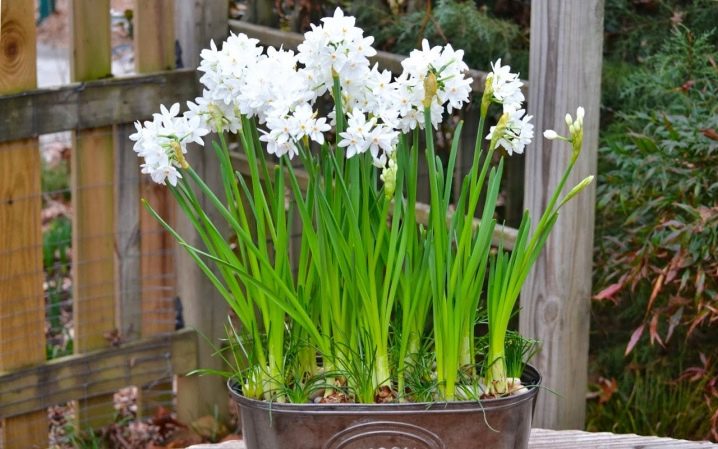







































































































The comment was sent successfully.